- Plastic Surgery
- Liposuction
- MedSpa
- Patients Gallery
- Our Practice
- Resources
- Contact

Surgical Treatment Options for Gynecomastia in Athletic and Competitive Bodybuilders
Understanding Gynecomastia in Bodybuilders: Gynecomastia, the abnormal enlargement of male breast tissue, can be a significant concern for bodybuilders. Factors such as hormonal fluctuations from intense training, anabolic steroid use, pro-hormones or even fat accumulation can contribute to the development of gynecomastia. For competitive athletes, maintaining a well-defined and aesthetically pleasing chest is crucial for competition readiness.
There are two significant differences when bodybuilders have gynecomastia:
1. Pro-hormones can create very large gynecomastia: Gynecomastia after using “Pro-hormones”, steroids, or “gym-enhancing products” is much more intense and inflammatory. This means that the male breast tissue under the nipple, often the size of two quarters, can grow very large and be painful. This stimulated breast tissue can grow beyond normal anatomical boundaries like a tumor (but is not malignant). (Figure1) Because the hard glandular breast tissue sits on top of the pectoralis muscle, this type of gynecomastia can make the chest look like a breast with an implant. (Figure 5 below) Where (common) gynecomastia after puberty is anatomically contained within a defined fascial space under the nipple, gynecomastia after “pro-hormones” or steroids is typically more diffuse, larger and painful. The surgery to remove this type of gynecomastia is more extensive and has a greater risk of swelling and bruising or bleeding postop.
2. Not all chests have the same muscle shape: It is commonly thought that the external male chest shape is simply the chest pectoralis muscle. This is true for some guys but not for all. (Figure 2) Frequently, the inferior muscle border when contracting the muscle is at or above the nipple line. This means that when taking out gynecomastia tissue, the fatty tissue that defines the lower and lateral border must be left in place. Over-resection of this tissue can lead to a deformed chest shape.
Indications for Surgery:
⦁ Persistent gynecomastia despite weight loss or changes in diet and training.
⦁ Development of glandular breast tissue that is resistant to non-surgical interventions. (Figure 3)
⦁ Psychological discomfort or self-consciousness impacting confidence and performance.
Surgical Treatment Options:
1. Liposuction:
- Indication: Ideal for bodybuilders who may be at higher weight or have changed their program and now have more fatty tissue on the chest. Larger frame guys will most frequently have both fatty and breast tissue excess. They will be treated with both liposuction and glandular excision.(Figure 3)
- Procedure:
- Technique: Small incisions (2-3 mm) are made, often placed in discreet locations, such as the inferior areolar border and the armpit.
- Fat Removal: Before fat removal, the fatty tissue is treated with ultrasonic or water jet energy to break up the fat. A thin cannula is then inserted to suction out excess fat from the chest area. This method helps contour the chest, creating a smoother transition from the chest to the surrounding areas.
- Advantages: Minimally invasive with reduced recovery time and minimal scarring.
- Limitation: Liposuction cannot remove glandular breast tissue.
2. Glandular Excision:
- Indication: Recommended for bodybuilders with minimal to significant glandular tissue causing puffy nipples (Figure 4) or true breast enlargement, which can occur due to hormonal changes associated with steroid use or natural hormonal fluctuations. (Figure 5)
- Procedure:
- Incision Location: The incision is always restricted to the inferior border of the areola (pigmented skin around the nipple), usually 2cm (from 4 to 8 o’clock position). This scar is virtually invisible. No incisions are placed on the chest or in the chest crease. If there is excess skin, other hidden incisions can be used. (Figure 7)
- Tissue Removal: Excess glandular tissue, particularly after pro-hormones, is excised to achieve a flatter, more masculine appearance.
- Recovery: This procedure typically has a slightly longer recovery time than liposuction alone, but it effectively removes stubborn glandular tissue.
Figure 5:32yr gynecomastia caused by pro-hormones resulted in a large scar-like glandular tissue mass on top of the chest muscle giving a breast like shape. Treatment by glandular tissue excision restored an athletic masculine chest shape.
3. Combination Approach:
- Indication: Many bodybuilders may benefit from a combination of liposuction and glandular excision, particularly if both fat and glandular tissue contribute to their gynecomastia.
- Procedure:
- Comprehensive Technique: The surgeon uses both liposuction and excision techniques to optimize results. Liposuction is performed first to remove excess fatty breast tissue, followed by excision to remove glandular tissue. Liposuction is then used to shape the final chest contour
- Enhanced Results: This approach can help achieve a more defined and aesthetically pleasing chest contour, essential for competitive bodybuilders. (Figure 6)
4. Nipple-Areola Complex Positioning:
- Consideration: In cases of significant nipple droop (nipple ptosis), the surgeon may also need to reposition the nipple-areola complex during surgery. This can be done through extended incisions used for glandular excision or liposuction, ensuring that the aesthetic appearance of the chest is enhanced. (Figure 7)
Preoperative Considerations:
- Hormonal Evaluation: It is crucial for all bodybuilders to undergo a comprehensive evaluation of hormone levels, especially if they have a history of anabolic steroid use. Correcting any underlying hormonal imbalances is essential for achieving and maintaining results.
- Timing of Surgery: Competing bodybuilders should consider scheduling surgery during their off-season or recovery period to allow adequate time for healing without interfering with their training and competition schedules.
Postoperative Care:
- Compression Garment: Patients are typically advised to wear a compression garment for 1-3 weeks post-surgery to reduce swelling and support the healing process.
- Activity Restrictions: It is important to avoid heavy lifting and intense workouts for 3-4 weeks, allowing for proper recovery. Patients should gradually reintroduce their training regimen.
- Follow-Up Care: All patients will be scheduled a post-op appointment within the first week and a follow up at 3-4 months. Additional postop visits may be needed depending on the recovery process.
Conclusion:
Surgical treatment for gynecomastia in muscular, athletic or competitive bodybuilders can significantly enhance physical appearance and confidence. History of steroid or pro-hormone use or hormone fluctuations is important in the surgical planning. At the consultation, an evaluation of your frame, chest shape and muscle position will be addressed. A surgical plan will be customized to give you a natural masculine chest contour with easily concealed scars.

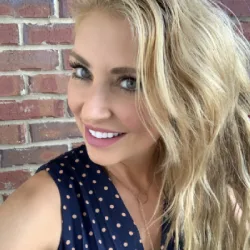








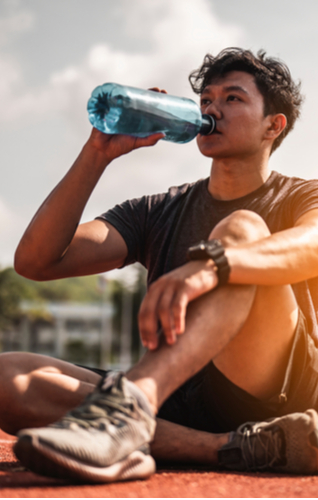
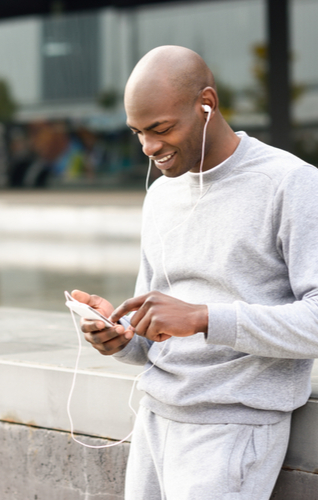

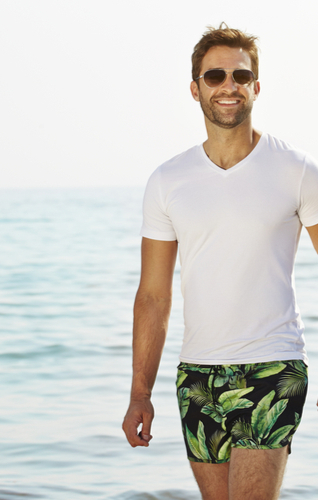
 (704) 542-8686
(704) 542-8686